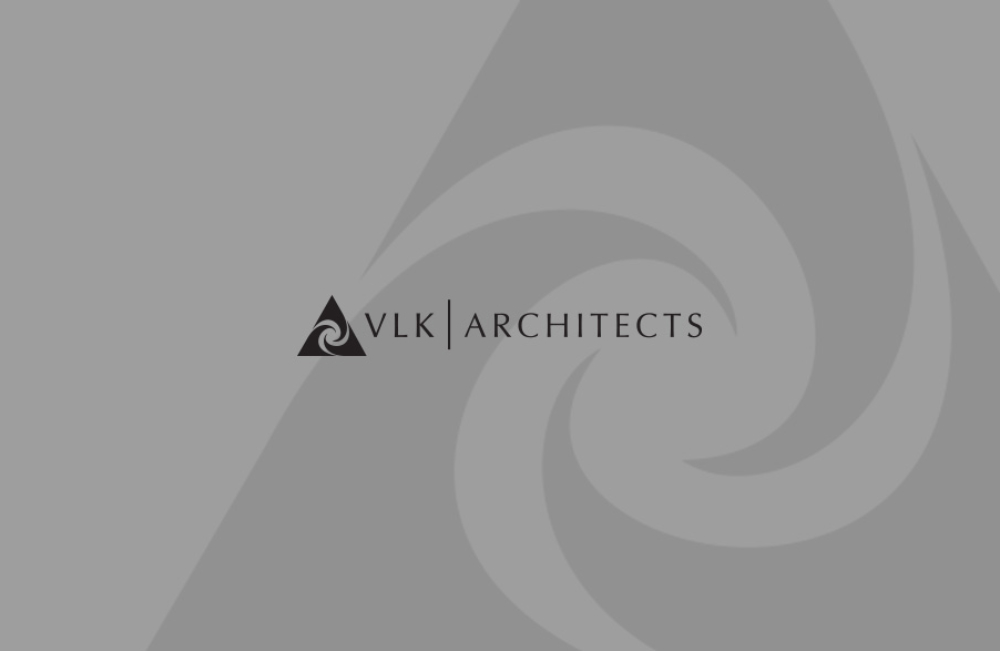
The Good, The Bad, and The Urban Developments

In today's fast moving real estate climate, there is always a desire for more square footage, more parking, and more homes and apartments. This desire leads to the strip malls, neighborhoods, and rows of restaurants that we see scattered across our cities. There is basically an all-around idea of GROW, GROW, GROW. I know you're thinking, 'how can growth be a bad thing', right' Well, in my opinion, these fast growing developments can be a double-edged sword. Developments are good because they can boost the economy, open up new territories that lead to more population and more city growth. The downfalls that I have noticed with developments are that they are becoming increasingly generic and can decrease the small business market in certain areas. They are usually the same layouts with the same materials in unoffending colors huddled around a sea of parking. Chances are all who read this probably live, work, or shop in some form of the developments mentioned, and that is why they are so important. We are all impacted by them on a daily basis without really realizing it. These developments essentially create the formwork of our cities and guide how we interact with each other.
Along my journeys, I've started to pay attention to how these developments knit themselves into the fabric of our cities. I've noticed the empty strip malls that have become ghost towns along major highways. I've noticed the well-designed mixed use areas that harbor communities. I've even looked at other countries to see how they foster small businesses while still bringing in the Starbucks, Targets, and other 'money-making' stores. The more places I visit, the more I begin to ask 'Who' and 'How' Who are pushing for these developments? Who are benefiting from and designing them? Most importantly, how can we, the young professionals, push them forward? How do we make them aesthetically beautiful, as well as financially viable?
Apparently, I am not the only one in the City of Fort Worth who has these questions and visions of healthier cities in the future. On Thursday, May 20th, I was given the opportunity to participate in Panther Den, a design competition hosted by the Real Estate Council of Fort Worth in partnership with the Young Leaders Council. There were approximately 40 individuals between the ages of 21 and 35 who participated, each with a unique set of skills and background. We were split into six teams with disciplines ranging from business development, investment banking, engineering, and designing; all of whom were interested in opening up the discussion of Urban Development. After meeting and brainstorming with our teams, we were given five hours to create a master plan that would redevelop an underutilized property in the City of Fort Worth. After the time elapsed, we gathered our ideas and presented them to a panel of judges and a team was chosen as the winner.
One of the biggest things lessons I learned from this competition was an understanding into why many developments look and function the way that they do. What I found is that the architecturally trained are usually left out of the decision making. Architects are taught to think of the present and future impacts of a building. We begin to ask questions like 'What is this development fostering within the community' 'Who is benefiting from this' and 'Can this project stay relevant in the long run' From my limited experience, questions like these are not always welcomed; that is why the Panther Den was so exciting! Young Professionals are now asking these questions. We are beginning to realize that we can't gentrify the entire country without losing what makes cities across America special. We can't pave over any open field and call it a nice place to live. At Panther Den, the most exciting discussions we opened were 'How do we foster small business growth and impact the immediate surrounding area' , and 'How do we create 'pocket destinations' that will draw people to these developments' . Most importantly to me, we discussed how we could achieve all these things, while making it less generic and more beneficial for the population who will interact with it on a daily basis.
None of these questions have a hard and fast answer. I am asking them because I, myself, do not know the answers. I am excited to have a hand in finding them. At Panther Den, teams came up with a wide array of innovative ideas of how to not only make economically viable developments, but also create developments with aesthetics, population, and uniqueness in mind. Having the chance to meet with other young professionals who are also expanding their ideals of what the built environment can do for a city's population shows me that younger generations of designers and developers understand that smart urban design is critical for a city's identity, as well as strong economic growth and the highest quality of life in any given area. In other words, our cities are looking towards a brighter future, and I, for one, hope for the chance to be a part of the catalyst for change in Fort Worth and beyond.